Through boom and gloom, Shrewsbury Road in Ballsbridge, Dublin 4, retains its grand appeal, signifying success in Irish society. When its detached and semidetached Victorian and Edwardian homes on large plots change hands, their already large footprints are often further extended. Recent refurbishments and rebuilds are generally sympathetic to the neighbouring houses, lent extra privacy behind high hedges and electric gates; there’s a feeling of being removed from the city, despite being in the middle of every imaginable amenity.
Every now and then, one of the houses in long family ownership comes to the market close to their original form. One of these, Melfort at number 19, which is now for sale for €12.75 million through joint agents Colliers and Knight Frank, sits a comfortable distance from the road on a plot of about 0.7 acres. With classic Edwardian brick and dashed frontage, Tudor-style barge boards on the gables, and a balcony and veranda to the rear, Melfort is a bright and handsome detached five-bed of 471sq m (5,070sq ft).
The first plan of the site, defined in precise red ink, measures it as 120ft wide front and back, 259ft 3 inches at the northern boundary and 259ft 6 inches at the south. This plan, framed and displayed inside Melfort, is part of a lease agreement, dated October 29th, 1906, between the Right Hon Sidney Earl of Pembroke and Montgomery and James Dolan, an architect who had offices at 115 Grafton Street. The Dictionary of Irish Architects says little is known of his work, but it’s tempting to attribute the design of Melfort to him.
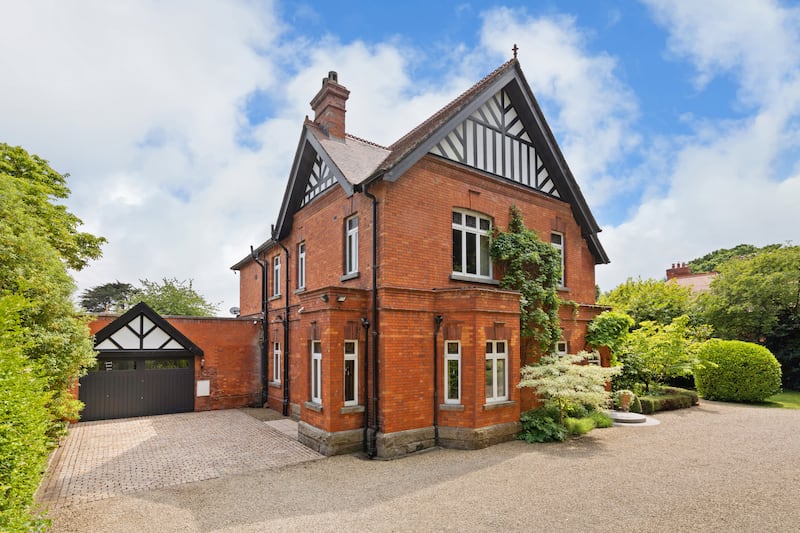
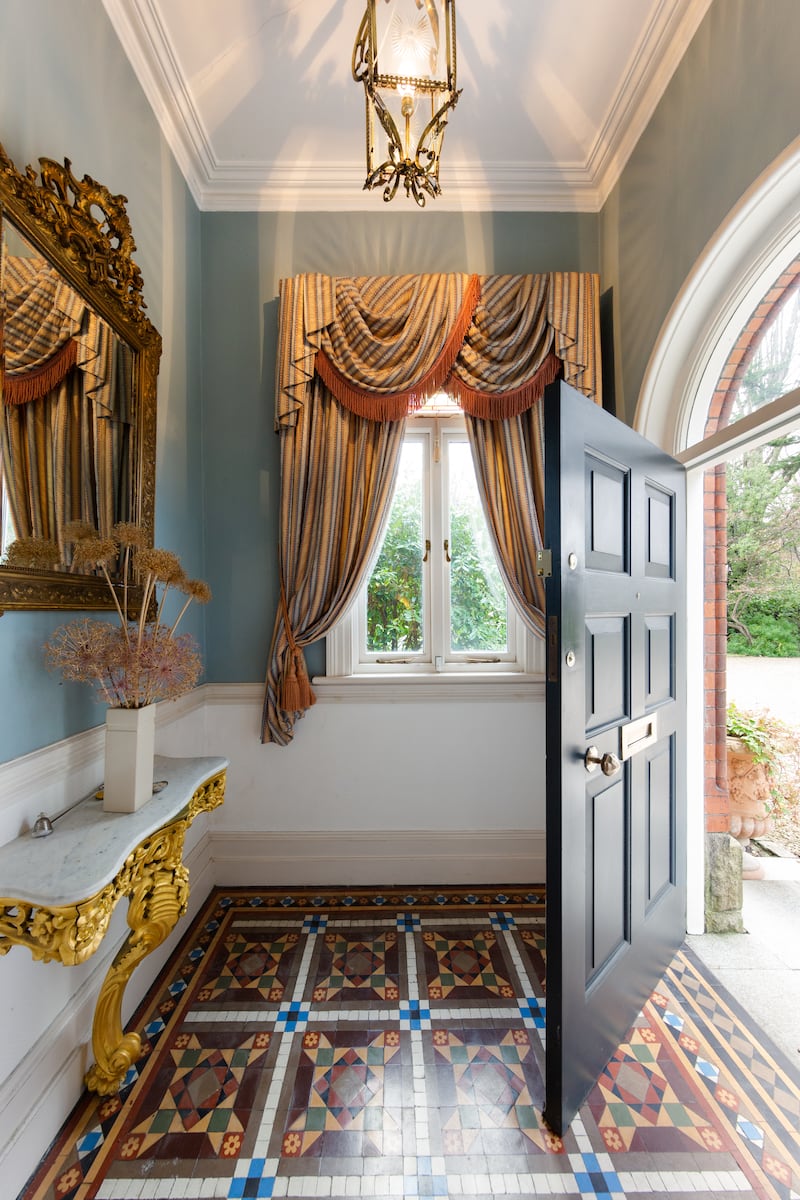
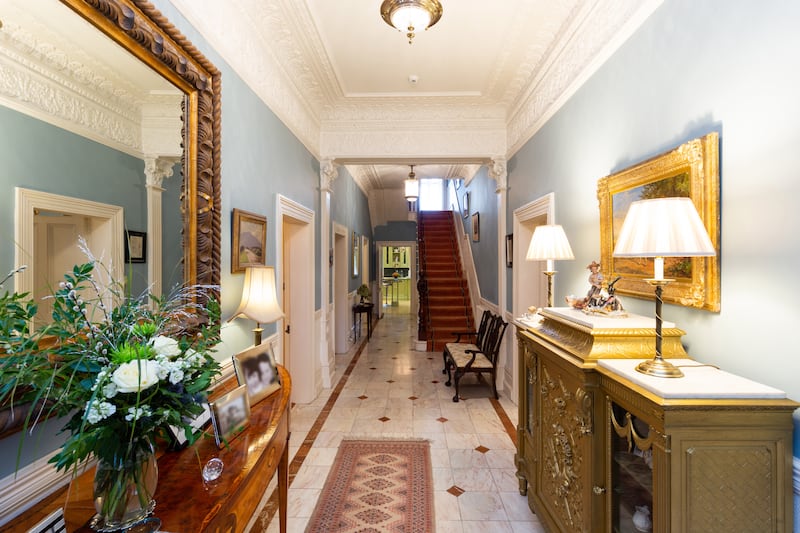
The house is closely associated with the learned family of William Joseph Myles Starkie and his wife, May (nee Walsh), who moved there with their five children – Walter, Enid, Frances (known as Muriel), Ida (known as Chou-Chou), and baby Nancy – from Blackrock, a few months before census night on April 2nd, 1911. The family were known for their musical achievements, winning medals at the Feis Ceoil, and for their academic endeavours.
William Starkie, a classical scholar, was the last resident commissioner of education for Ireland under British rule; after achieving a first at Cambridge, he turned down a fellowship in favour of travels around Europe; he later studied at Trinity College Dublin and became president of what is now the University of Galway before being appointed head of the education system.
The eldest child, Walter, a noted scholar of classics, was professor of modern languages at Trinity College, where he had studied with Samuel Beckett, from 1936 to 1947. An exceptional violinist, he also became a director of the Abbey Theatre. His travels in Italy and Spain inspired his writings for lay and academic readers, the former described in the Dictionary of Irish Biography as “essayistic travelogues narrated in the first person, rich in literary and cultural allusion”; these generated interest in the Camino de Santiago pilgrims’ walk.
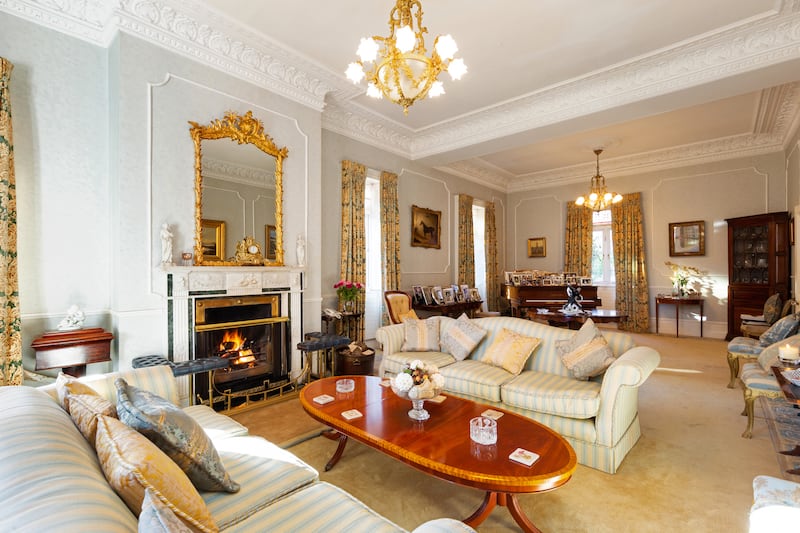
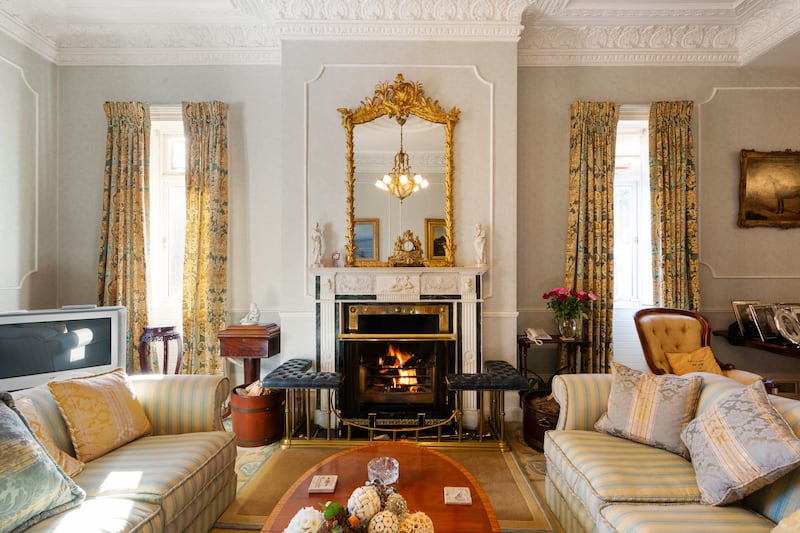
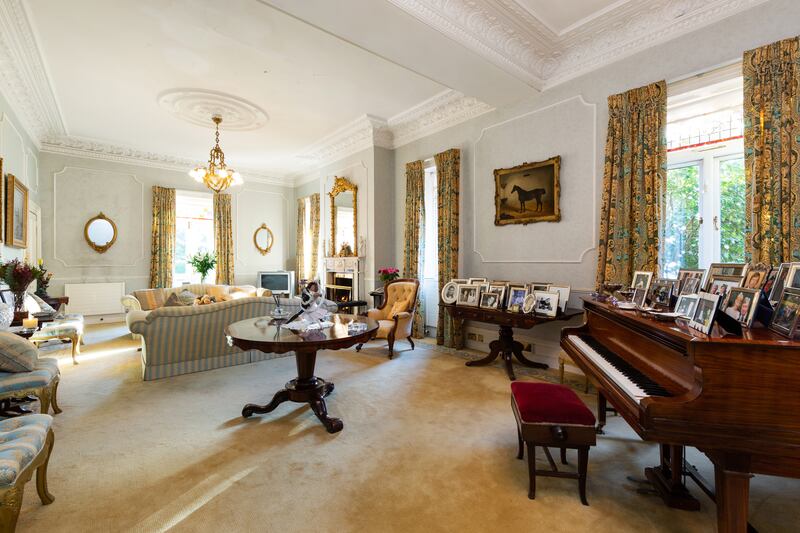
Enid, the eldest daughter, studied at Oxford University, where she then lectured for more than 30 years, and her best-known scholarly works concern French literary figures. In her poignant memoir, A Lady’s Child, published in 1941, Enid portrays the Starkies’ life on Shrewsbury Road, from the minutiae of schoolroom teas to the large-scale immediacy of gunfire at Pembroke Road during the 1916 Rising.
The current owner bought Melfort in 1988 from a family who had lived there since the 1950s, and renovations took six months: as well as the invisible jobs such as rewiring, the work involved restoring the beautiful ceiling plasterwork in the long, wide hall, the diningroom to the left, and the triple-aspect drawingroom to the right. The diningroom which, according to the owner, can seat 18 people, has a fine marble fireplace and two bay windows, drawing light from north and west. Throughout the house there are lovely stained glass panels in the upper registers of the windows, which retain their brass fittings.
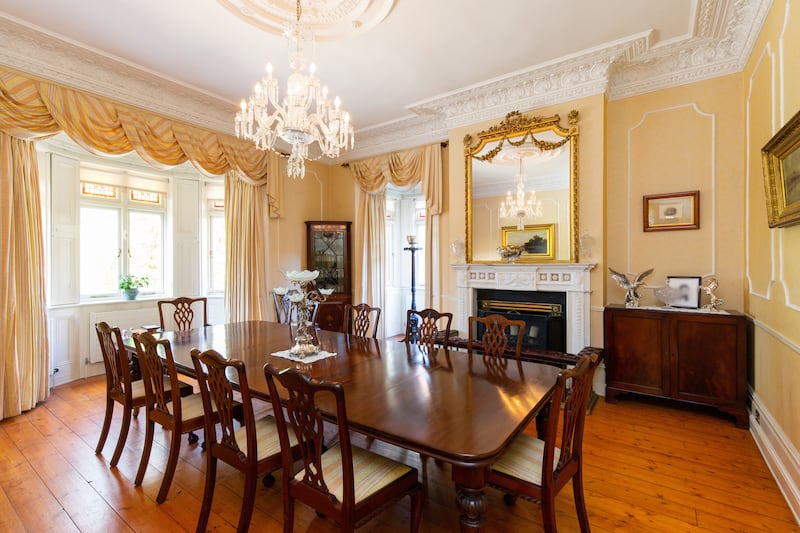
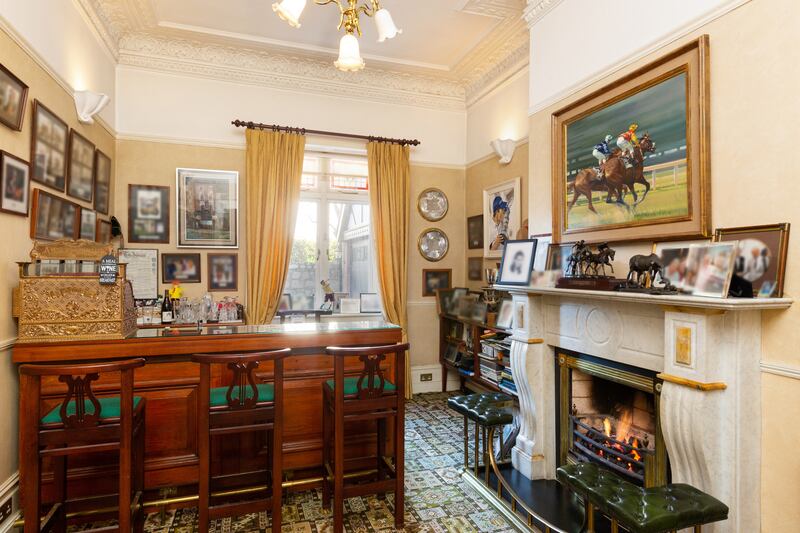
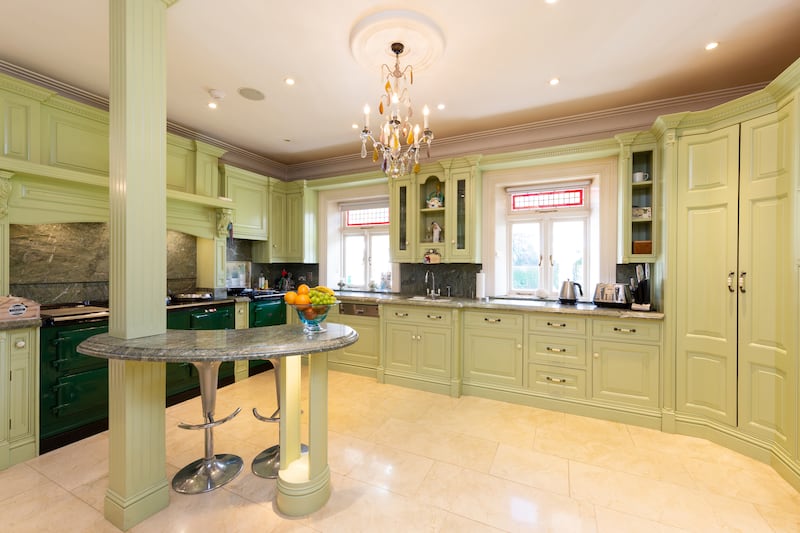
Across the hall, the double drawingroom has two marble fireplaces, soft blue walls and a V’Soske Joyce carpet commissioned by the current owner to complement the cornice. In her book, Enid Starkie highlights this room, which in their time could be divided by folding doors, as the most attractive feature of the house, and describes vividly her mother’s musical “At Home” parties that drew artists, writers, scholars and public figures including WB Yeats, Sarah Purser, Oliver St John Gogarty and the pianists Annie Lord and Edith Boxwell.
The current owner has also hosted huge parties at Melfort, with guests moving from the drawingroom through glass doors to the southwest-facing garden. In the early 1990s, as part of an extension to the kitchen that levels off the back of the house, they built a long Edwardian-style veranda. “I can sit out here with a drink in the evening and feel I could be in west Cork,” the owner says.
When they moved in, much of the downstairs was in use as a doctor’s surgery and the kitchen was “like a telephone exchange”, but it is now a bright space with pale green units, a vast Aga, and windows looking out to the wide, carefully tended garden. The kitchen was extended to include a big informal dining area and a TV den. Beyond this is a large garage with wine cellar, utility and guest toilet.
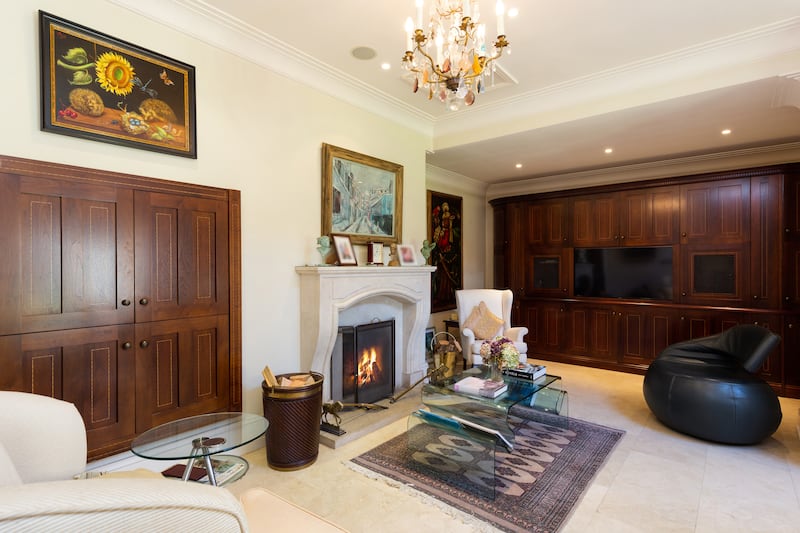
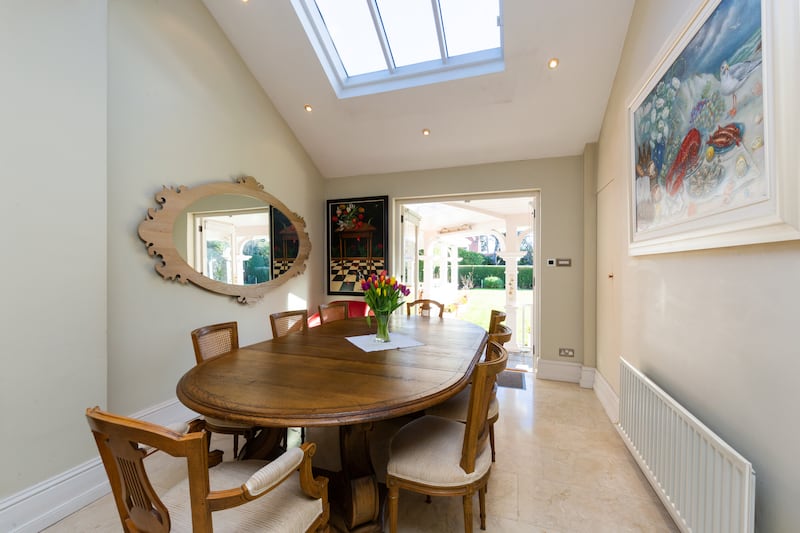
A small reception room is fitted out as a bar complete with brass cash register, and there is a downstairs bathroom with pretty art nouveau-style tiling.
Upstairs, a dual-aspect bedroom off the half-landing is used as a study; from here you can see most of the house, which lends a lovely open feeling. The main bedroom suite is above the diningroom, and has a large dressingroom and en suite bathroom. Beyond this are a linen cupboard and a smaller double bedroom, with flowery tiles in the en suite matching the decoration on the cast-iron fireplace. Beside this is a staircase to the external balcony. On the other side of the landing, two large bedrooms with a Jack-and-Jill shared bathroom span the length of the house; the fireplace in the front room has two spaniels designed into the green tiles.

There were originally two tennis courts in the garden: the Starkie children had the sole use of the lower one, at the far side of the privet hedge that still divides the garden. This area is now set out in fruit trees, but it might be possible, planning permitting, to follow the precedent set next door at number 17, which is the residence of the Finnish ambassador. On selling that house to the Finnish government, the owners apparently divided the site and built a bungalow with separate access from Shrewsbury Road; this has since been replaced by a much bigger house. Subject to planning permission, according to joint agent Catherine O’Connor of Colliers, new owners are likely to increase the size of Melfort, which is not a listed structure. The Ber is E1.
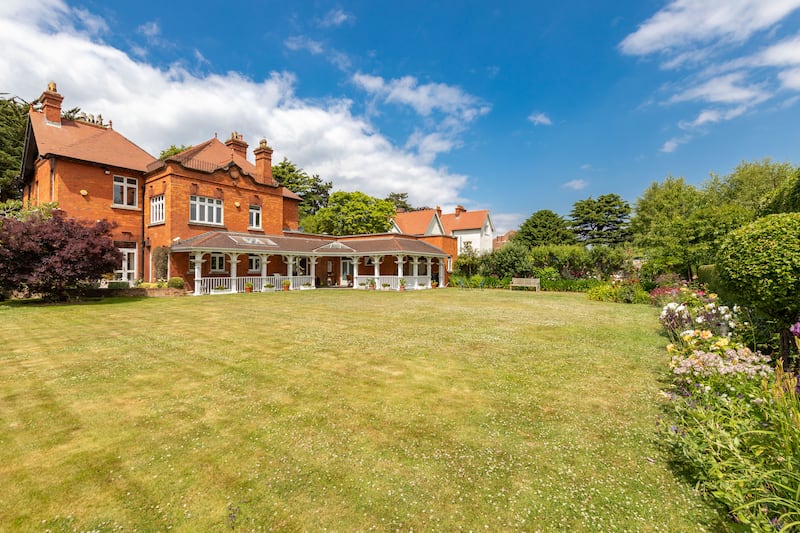

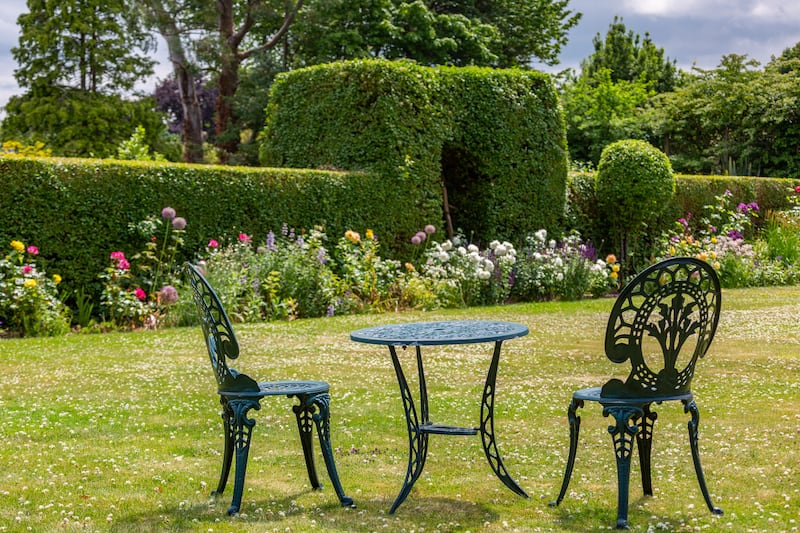
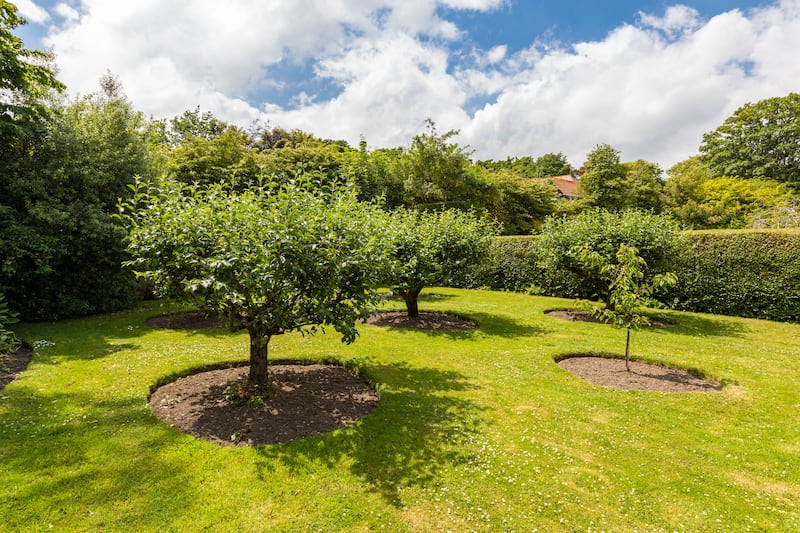
Joint agent Peter Kenny of Knight Frank says this is an opportunity to purchase one of the last remaining original houses on Dublin’s finest road. In 2021, developer Pat Crean paid €13.25 million for number 9 (Lissadell). Another high-profile sale, across the road, was that of number 24 (Walford) in 2005 for a record €58 million. Reputedly owned by Gayle Killilea, who was married to developer Sean Dunne, it later fell into disrepair and was sold in 2016 for €14.25 million to Celtic Trustees, a trust established by financier Dermot Desmond for the benefit of his children. Celtic Trustees demolished and replaced the original dwelling, built in 1902, with a 17,000sq ft home. Closer to the Merrion Road end of Shrewsbury, Sherry FitzGerald is asking €6.5 million for Ballyfoyle, a six-bed, 1930s, semidetached home.














